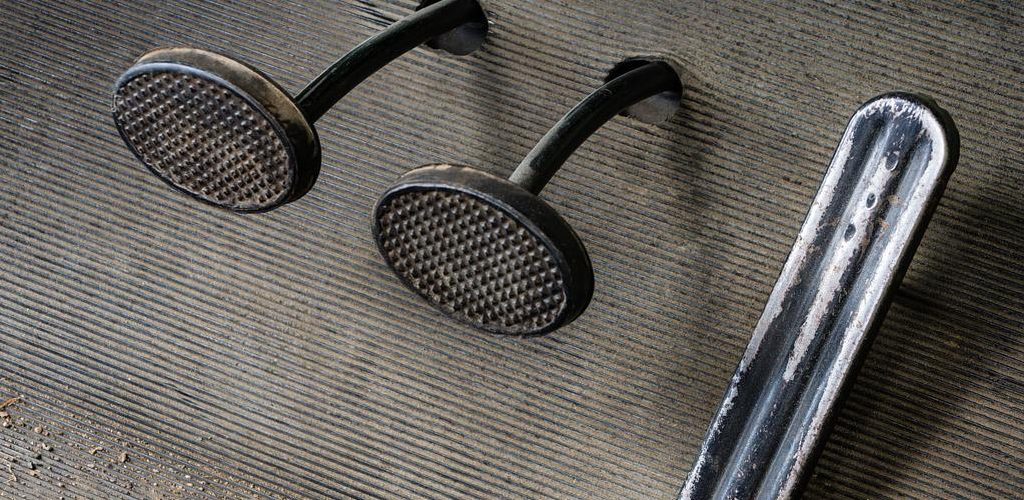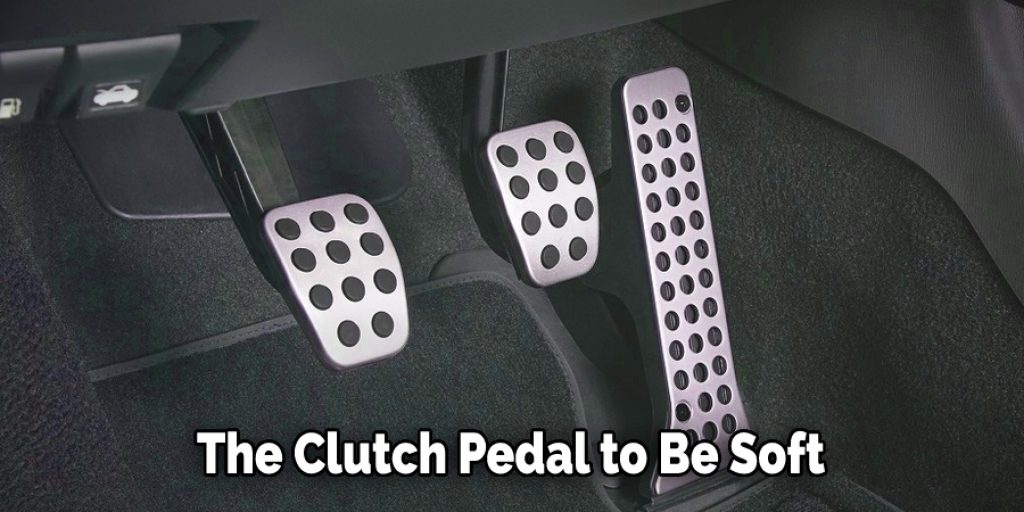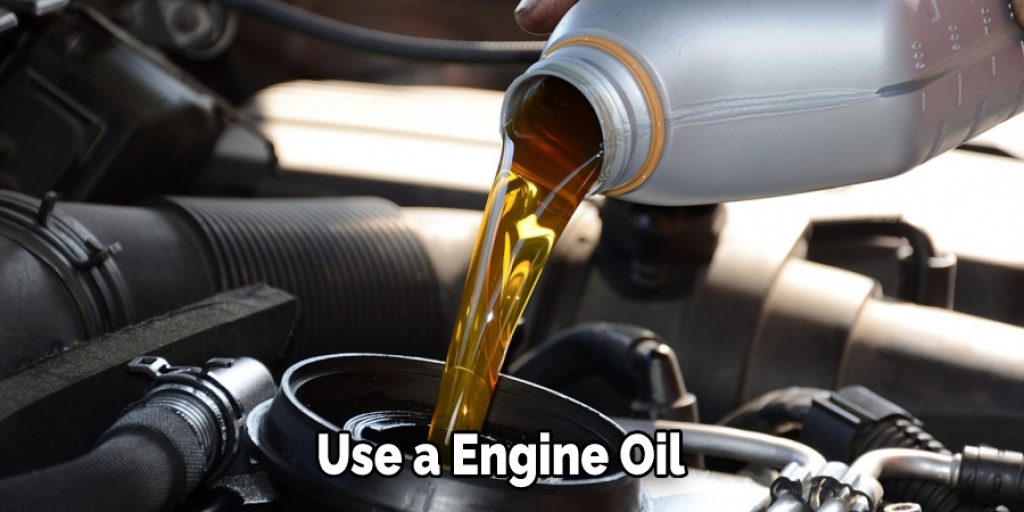There are few things more frustrating than having a soft clutch pedal. It can make it challenging to get your car moving and even lead to a stalled engine. But, if you’re experiencing this issue, don’t worry – there are ways to fix it. In this article, we’ll discuss how to fix soft clutch pedal and the causes of a soft clutch pedal, as well as outline some remedies that should help you get your car back into tip-top shape. Keep reading for more information!

The clutch pedal is an essential component of your car’s manual transmission. When you depress the pedal, it disengages the clutch, which allows the engine to spin independently from the wheels. This is what will enable you to change gears. However, if the pedal is too soft, it can make it difficult to disengage the clutch, leading to problems. Many things can cause a soft clutch pedal, but fortunately, there are easy ways to fix the issue.
Summary: If your soft clutch pedal is not working right, there are a few things you can do to fix the problem. First, check to make sure that the clutch cable is tight. If the cable is loose, it can cause the pedal to become soft. Second, try adjusting the sensitivity of the clutch. If the pedal is still too soft, you may need to replace the clutch pedal.
What Causes the Clutch Pedal to Be Soft?
There are a few different reasons your clutch pedal might feel soft, and it’s essential to diagnose the issue as soon as possible. Some of the most common causes of a soft clutch pedal include:
- Worn Clutch Disc: If your car has a lot of miles on it, or if you’ve been heavy-footed with the clutch, the pressure plate might not be able to exert enough pressure on the disc. This will cause the pedal to feel soft and eventually lead to the clutch slipping.
- Air in the Line: If there’s air in the hydraulic line that runs from the master cylinder to the slave cylinder, it can cause the pedal to feel spongy. This is usually an easy fix and requires bleeding the line.
- Leaking Slave or Master Cylinder: If either the slave or master cylinder is leaking, it will cause the pedal to feel soft. This is because there’s not enough fluid pressure to engage the clutch.
- Faulty Clutch Release Bearing: The release bearing allows the pressure plate to disengage from the flywheel when you push in the clutch pedal. It can cause the pedal to feel soft if it’s worn out.

If you’re experiencing a soft clutch pedal, the best thing to do is to take your car to a qualified mechanic and have them diagnose the problem. Once they know what’s causing the issue, they can make the necessary repairs and get your car back on the road.
A Stepwise Guide on How to Fix Soft Clutch Pedal
Step 1: Gather Necessary Tools and Materials
Before attempting to fix a soft clutch pedal, make sure you have the necessary tools and materials on hand. You will need the following:
- Floor jack
- Jack stands
- Socket wrench set
- Screwdriver
- Brake fluid
- Turkey baster or syringe
- DOT 3 or DOT 4 brake fluid (refer to your owner’s manual for the appropriate type)
- Clear plastic tubing
- A small container
- Rags or paper towels
Step 2: Ensure Safety
Ensure that the vehicle is parked on a level surface with the engine off and the parking brake engaged. Use a floor jack to lift the front of the vehicle and place jack stands under the appropriate support points to ensure the car is secure. Always consult your owner’s manual for proper lifting and support points.
Step 3: Locate the Clutch Master Cylinder
Open the hood and locate the clutch master cylinder, which is typically found near the brake master cylinder on the driver’s side of the engine compartment. It is a small, round, metal reservoir with a plastic cap and a rubber diaphragm inside.
Step 4: Check Fluid Level
Remove the cap from the clutch master cylinder and inspect the fluid level. If the fluid level is low, this could be the cause of the soft clutch pedal. Top off the fluid with the appropriate type of brake fluid, as specified in your owner’s manual, and then replace the cap.
Step 5: Inspect for Leaks
Check for any signs of leaks around the clutch master cylinder, clutch slave cylinder, and hydraulic lines connecting the two. If you find any signs of leakage, you will need to repair or replace the leaking components before proceeding.
Step 6: Bleed the Clutch System
Air in the clutch hydraulic system can cause a soft clutch pedal. To fix this issue, you will need to bleed the clutch system to remove any trapped air. Locate the bleed valve on the clutch slave cylinder, which is typically found near the transmission bellhousing. Attach a clear plastic tubing to the bleed valve and place the other end of the tubing into a small container to collect the fluid.
Step 7: Enlist a Helper
Ask a friend or family member to assist you in the bleeding process. Have your helper sit in the driver’s seat and pump the clutch pedal several times. Then, instruct them to hold the clutch pedal down to the floor.
Step 8: Open the Bleed Valve
While your helper is holding the clutch pedal down, use a wrench to open the bleed valve slightly, allowing fluid and air to escape through the tubing. Once the fluid flow stops or air bubbles are no longer visible, close the bleed valve.
Step 9: Repeat the Process
Instruct your helper to release the clutch pedal, and then repeat steps 7 and 8 several times until no more air bubbles are visible in the fluid. Be sure to check the fluid level in the clutch master cylinder periodically and top it off as needed to prevent air from being reintroduced into the system.
Step 10: Test Clutch Pedal Feel
After bleeding the clutch system, have your helper pump the clutch pedal several times to build pressure in the system. The clutch pedal should now feel firm and consistent. If the clutch pedal still feels soft, repeat steps 6 through 9 until the desired pedal feel is achieved.
Step 11: Inspect the Clutch Cable and Linkage (if applicable)
If your vehicle has a mechanical clutch linkage instead of a hydraulic system, check the clutch cable and linkage for wear, damage, or improper adjustment. Refer to your owner’s manual for the proper procedure to adjust or replace the clutch cable and linkage components.
Step 12: Reassemble and Clean Up
Once you have achieved the desired clutch pedal feel, it’s time to reassemble and clean up. Remove the clear plastic tubing from the bleed valve and ensure the valve is closed tightly. Wipe down the clutch slave cylinder and surrounding area with a rag or paper towel to remove any spilled fluid.
Step 13: Lower the Vehicle
Carefully remove the jack stands and use the floor jack to lower the vehicle back onto the ground. Make sure to do this slowly and evenly to avoid any damage or accidents.
Step 14: Dispose of Used Fluid
Properly dispose of the used brake fluid collected during the bleeding process. Brake fluid is hazardous and should not be poured down the drain or into the ground. Check your local regulations for proper disposal methods or contact your nearest automotive service center for assistance.
Step 15: Test Drive
Before driving your vehicle, start the engine and pump the clutch pedal several times to ensure proper engagement and disengagement. Then, take your vehicle for a test drive, paying close attention to the feel of the clutch pedal and the overall operation of the clutch system. If the clutch pedal still feels soft or the clutch does not engage and disengage properly, you may need to consult a professional mechanic for further diagnosis and repair.
Step 16: Monitor Clutch Performance
After fixing the soft clutch pedal, be sure to monitor the clutch system’s performance over time. If you notice any changes in the feel of the clutch pedal, difficulty shifting gears, or signs of fluid leaks, address these issues promptly to prevent further damage to your clutch system.
By following these steps, you can successfully fix a soft clutch pedal and restore the proper operation of your vehicle’s clutch system. Regular maintenance and care will help to keep your clutch in good working order, ensuring smooth and reliable gear shifts for years to come.
Precautions
Before you start working on your clutch, there are a few things you should keep in mind:
- Make sure the engine is turned off and the car is in the park or neutral before beginning any work.
- Always use jack stands when raising the car. Never work on your vehicle while only a jack supports it.
- If you’re going to be disconnecting any hydraulic lines, be sure to have a clean cloth or rag handy to catch any leaking fluid.
- Be careful not to over-tighten any bolts or nuts when reassembling everything.
- Have patience! This isn’t a quick fix, so take your time and ensure everything is done right.
With those precautions in mind, let’s get started.
Tips for Avoiding This Problem in the Future
If you’re having trouble with a soft clutch pedal, there are a few things you can do to try and avoid the problem in the future:

- Make sure you’re using the correct type of fluid. There are different types of fluids for different vehicles, so it’s essential to use the right one for your car.
- Check your fluid level regularly and top it off if necessary. A low fluid level can cause a soft clutch pedal.
- Bleed your clutch system regularly. This will help to remove any air bubbles that may have gotten into the system, which can cause a soft pedal.
- If you’re still having trouble, consult a professional mechanic to take a look at your vehicle. They may be able to help you identify the problem and find a solution.
How Do I Know if My Clutch Needs Bleeding?
If your clutch feels spongy or you have difficulty shifting gears, it may be time to bleed the clutch. This process removes air from the hydraulic line, allowing the clutch to function correctly.
To bleed the clutch, you will need a friend to help you and a few supplies from your local auto parts store.
First, locate the bleeder screw on the slave cylinder and crack it open. Then, have your friend depress the clutch pedal while you check for a steady fluid. If there is any air in the line, you will see bubbles in the fluid.
Once the fluid is running smoothly, close the bleeder screw and have your friend release the pedal. Repeat this process until all of the air has been removed from the system. With time and effort, you can easily bleed your clutch at home.
Can’t Push Clutch Pedal Down? Here’s How to Fix It
If You’re Having Trouble Pushing Your Clutch Pedal Down, It’s Likely Due to One of Three Issues:
- The hydraulic system is leaking,
- The clutch cable is stretched or frayed, or
- The clutch itself needs adjusting.
Luckily, all of these issues are relatively easy to fix yourself. So keep reading to learn how to fix a soft clutch pedal in no time!
1. Check for Leaks in the Hydraulic System
A leak in the hydraulic system can cause the clutch pedal to feel spongy or mushy. The first step is to check all fluid levels and hoses for any signs of leaks. If leaks are found, the hoses or seals will need to be replaced as soon as possible.

2. Adjust the Clutch Cable
If your clutch pedal is too high off the ground, it could be because the clutch cable is stretched or frayed. To fix this, you need to adjust the tension on the cable. To do this, find the adjusting nut on the end of the cable and turn it clockwise to tighten the cable, or counterclockwise to loosen it.
3. Adjust the Clutch Itself
If your clutch pedal is too low to the ground, it could be due to an issue with the clutch itself. To fix this, you’ll need to adjust the clutch release bearing. First, locate the adjusting nut on the end of the cable. Then, turn the nut clockwise to tighten the cable or counterclockwise to loosen it.
Frequently Asked Questions
Why Does My Clutch Pedal Has No Pressure?
There are a few things that you can check to see if your pedal has low pressure. First, check the reservoir level. If it is almost empty, then the pedal may not be receiving enough water to operate properly. Second, feel for any obstructions or debris in the system and make sure they’re cleared out before attempting to use the pedal. Third, try tightening or loosening all of the clamps on the plumbing system – if one clamp seems to be preventing full pressure from being delivered to your pedals, this should be fixed before moving on.
Can Low Brake Fluid Affect Clutch?
Brake fluid is a vital component of modern cars and plays an important role in preventing skidding. However, if the level of brake fluid becomes low, it can affect the clutch. This is because the clutch relies on hydraulic pressure to engage and disengage gears. If there isn’t enough brake fluid, this pressure will not be sustained which could cause problems with your transmission or even causes your car to stop in traffic!
If you’re noticing a decrease in performance or issues with your gearshift when braking, it’s best to check the level of brake fluid immediately. And if you notice that it has started getting low gradually over time, then consider changing the entire system at once rather than trying to fix things piecemeal.
What Happens When Clutch Fluid Runs Out?
When clutch fluid runs out in a car, it can cause a number of problems. The most common are reduced engine power, reduced braking ability, and difficulty engaging the clutch. Other issues can include poor acceleration, difficulty starting the car, and difficulty shifting gears. It’s important to note that these problems can occur even when the clutch fluid level is within the normal range. If you notice any of these problems, it’s important to take your car to a mechanic as soon as possible.
Is Dot 3 Brake Fluid the Same as Clutch Fluid?
While both DOT 3 brake fluid and clutch fluid are necessary for proper braking performance, they serve different purposes. DOT 3 brake fluid is designed to protect the rotors from corrosion and should be used in all types of brakes, including street/performance cars. Clutch FLUID, on the other hand, is designed specifically for use in turbocharged engines and helps to increase engine efficiency by reducing friction between the pistons and cylinder heads.
If you’re not sure which type of brake fluid your car uses, it’s important to take a look under the hood or contact your dealership. In most cases, they will be able to tell you exactly what needs to be replaced based on its make/model/year combination.
Conclusion
If your clutch pedal feels soft or spongy, there are a few things you can do to try and fix the issue. We’ve outlined what those fixes are in this article on how to fix soft clutch pedal, so be sure to check it out if you’re experiencing clutch problems.
You can check it out to Fix Overcharged Car Ac
